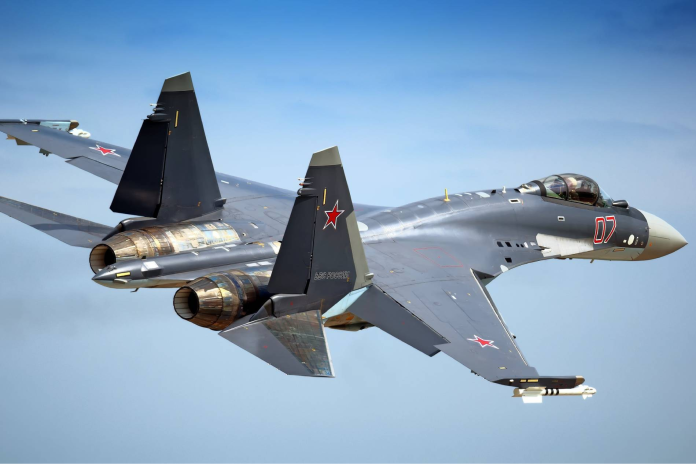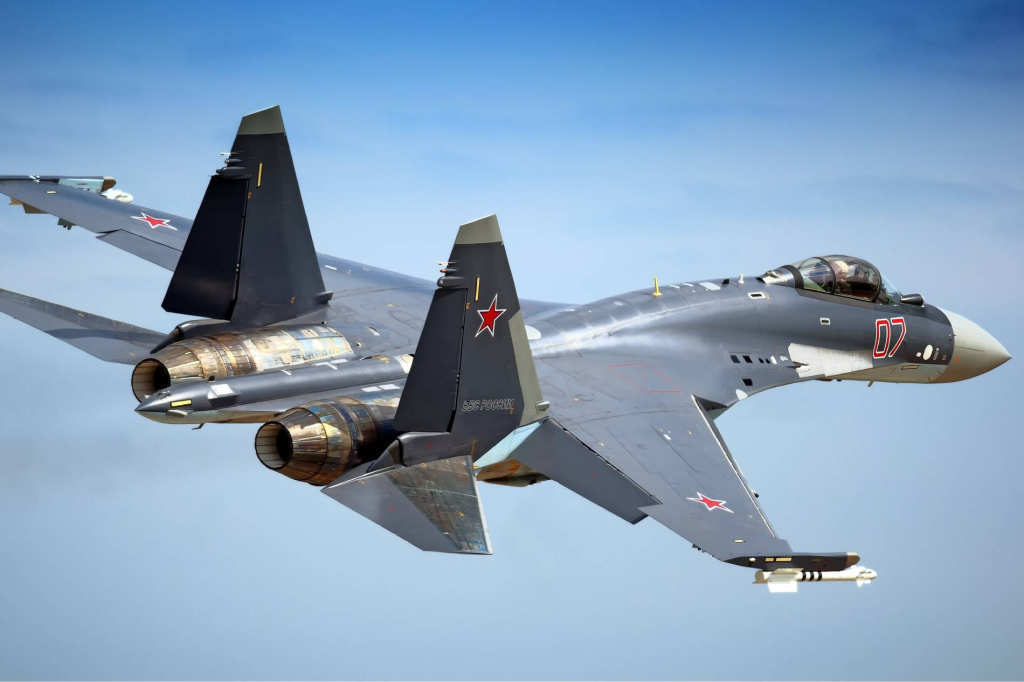
Had a fighter aircraft been able to win battles by itself through somersaults and afterburner, then the Su-35 Flanker-E would have cleaned the skies clear. Yet in the harsh airspace of Ukraine, even a 2.25 Mach warbird with “supermaneuverability” has been outsmarted by advanced air defenses, electronic warfare, and the intricacies of combat in the real world.
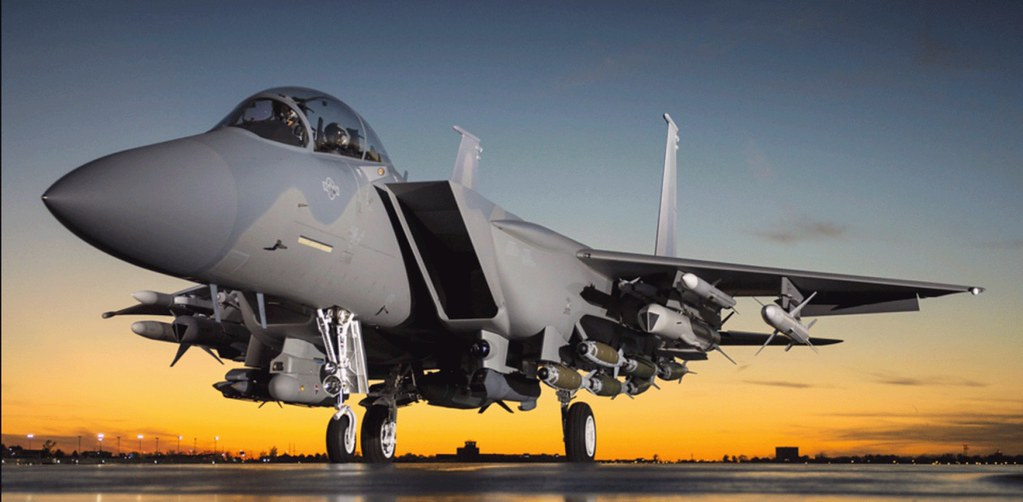
1. The Su-35’s Speed and Power: More Than Just Numbers
The Su-35’s Saturn AL-41F1S turbofan engines are an engineering wonder of Russia, each generating as much as 32,000 pounds of thrust with afterburner and allowing the jet to ascend at a scorching 280 meters per second. Its top speed of Mach 2.25 roughly 1,726 mph places it among the quickest operational fighters, surpassing the F-22, F-35, and F-16, but still behind the F-15EX at Mach 2.5. The three-dimensional thrust-vectoring nozzles of the engines enable the extreme post-stall maneuverability, which gives the Su-35 its characteristic agility. According to a technical review, “These nozzles can deflect independently in both pitch and yaw, giving the Su-35S its characteristic ‘supermaneuverability'”.

2. Supermaneuverability: Airshow Trick or Tactical Edge?
The Su-35’s agility is not for show, airshows only. Its thrust-vectoring motors allow for such maneuvers as the Pugachev’s Cobra and the Kulbit, which, in principle, would allow a pilot to avoid missiles or out-turn an opponent in a dogfight. The digital fly-by-wire system, quadruple-redundant for safety, smooths out these difficult maneuvers. As one F-22 pilot described it, “Thrust vectoring allows the pilots to come up and over in a very close arc, [and] provides the nose authority to rotate the jet when the wings are stalled, like a controlled flat spin” (thrust vectoring provides close, slow-speed maneuvers for tactical advantage). But in the Ukrainian missile environment of plenty, these close-range battles are uncommon, and the Su-35’s maneuverability has not always paid off in survivability.
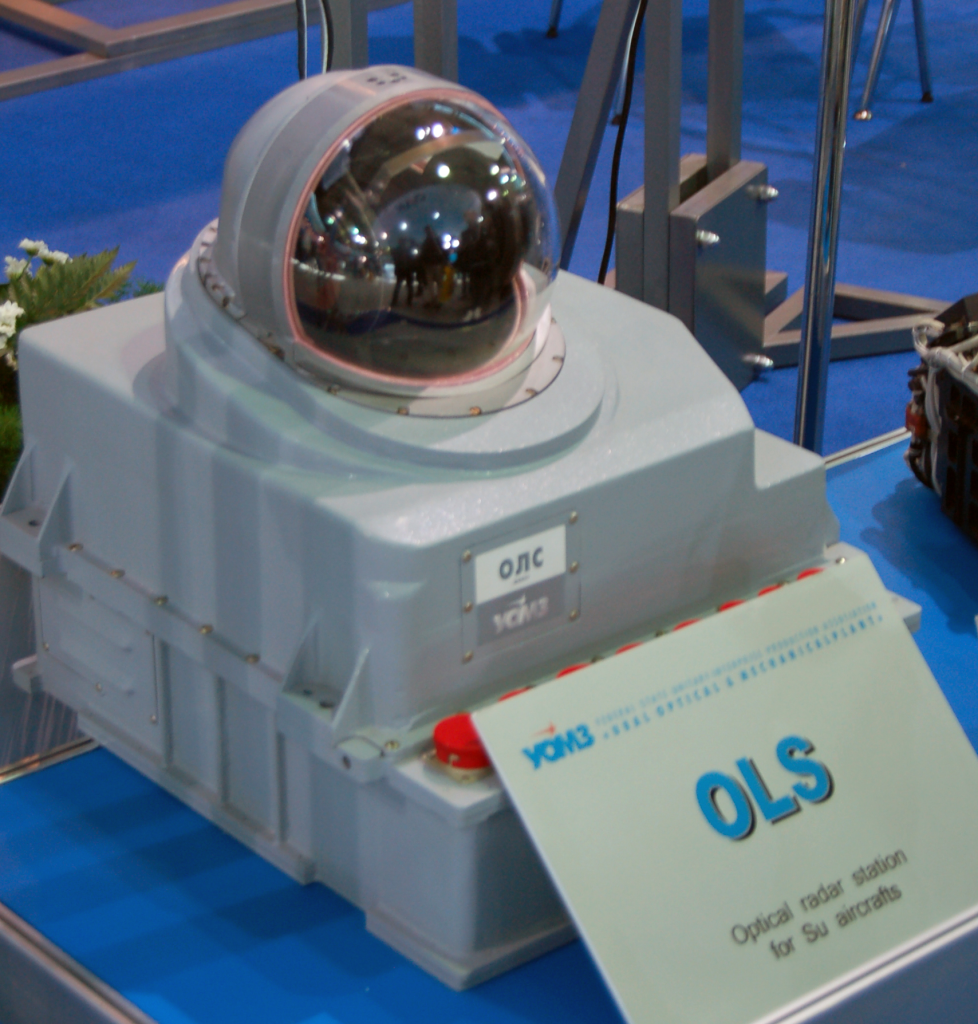
3. Avionics and Sensors: Power Over Subtlety
The focal point of the Su-35 sensor package is the Irbis-E passive electronically scanned array (PESA) radar that can detect fighter-sized targets at ranges of up to 400 kilometers within a narrow search area. The system can monitor 30 targets and fire eight at once. This is supported by the OLS-35 infrared search and track (IRST) system, which detects heat signatures passively out to 90 km. The Flanker-E’s philosophy is one of brute force: “The Irbis-E PESA radar is designed to be overwhelmingly powerful, capable of ‘burning through’ enemy electronic jamming and detecting targets at extreme ranges” (the Su-35S has a more straightforward, power-oriented approach). However, in contrast to Western fifth-generation fighters, the Su-35 does not have AESA radar and high-level sensor fusion, thus being susceptible to electronic warfare and jamming.
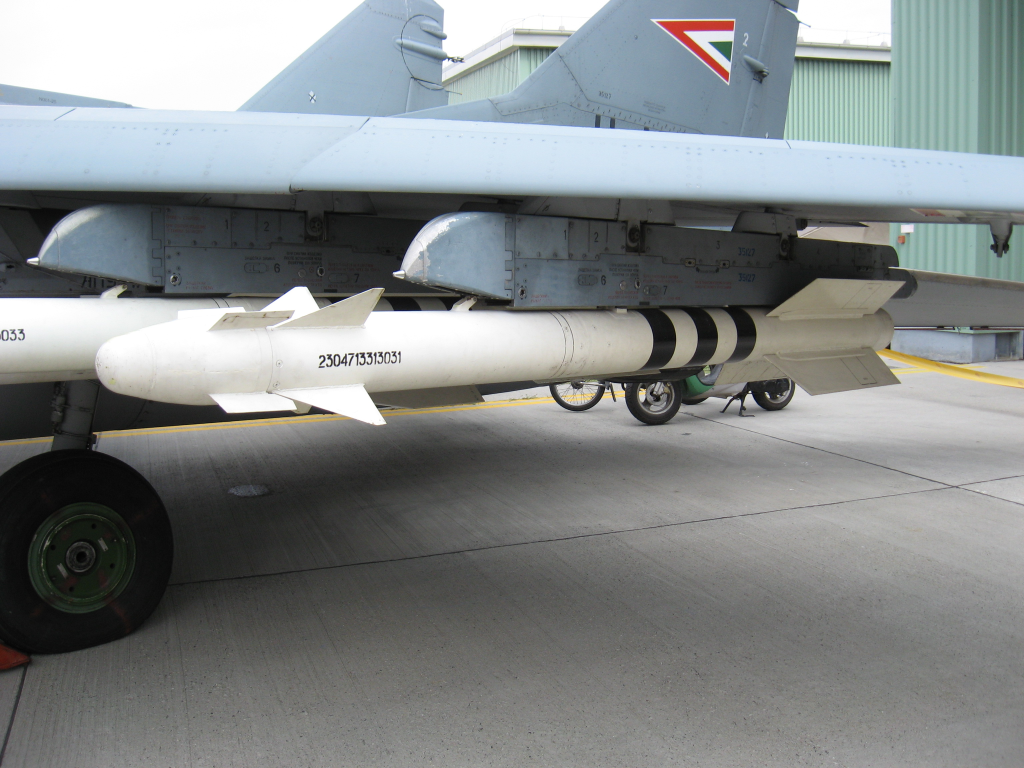
4. Armament: Hypersonic Reach and Versatility
The Su-35’s weaponry is impressive. It can store a maximum of eight tons of ordnance on 12 hardpoints, including the hypersonic R-37M “Axehead” air-to-air missile powered to Mach 6 speeds and up to 400 km ranges. This missile is intended to attack valuable assets such as AWACS and tankers but has seen use against Ukrainian fighters as well. For close-range engagements, the Su-35 has R-77-1 active radar-guided missiles and maneuverable R-73 and R-74 infrared missiles, all guided by a helmet-mounted sight. Its ground-strike capabilities are also solid, with precision-guided bombs and anti-radiation missiles for SEAD missions (the Su-35S is capable of carrying various tactical air-to-surface missiles).
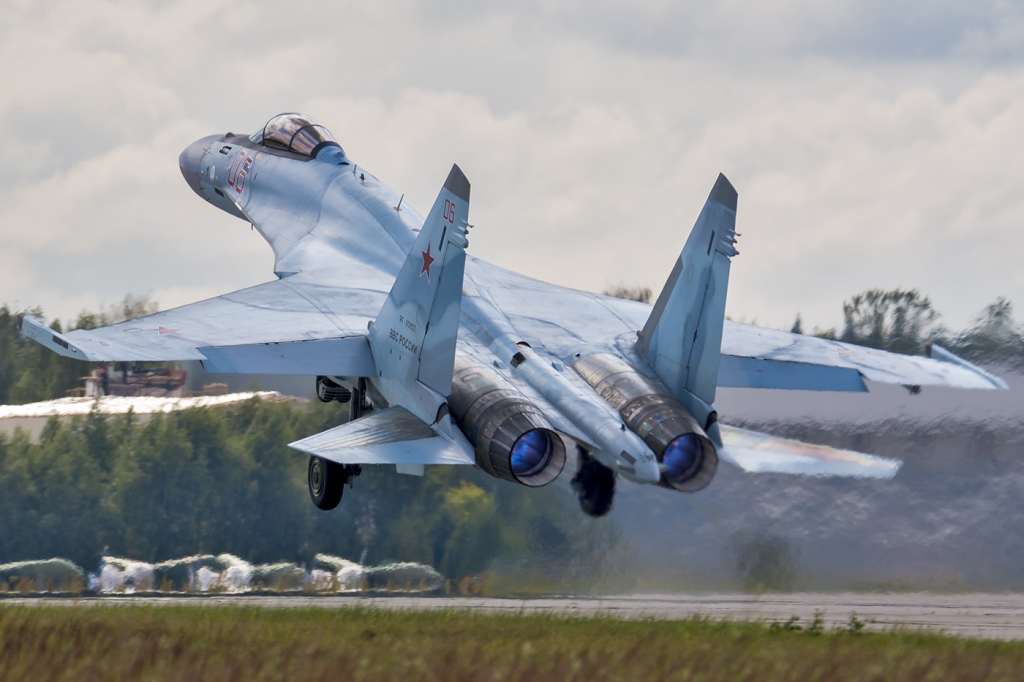
5. From Syria to Ukraine: A Tale of Two Wars
The Su-35’s combat introduction in Syria in 2016 was, by all reports, a technical and operational success. Sent to Khmeimim Airbase, it conducted air policing, top cover for Russian strike packages, and intercepts of Turkish and Israeli aircraft. The environment was permissive; the Su-35 hardly encountered sophisticated air defenses or electronic warfare, and its R-77-1 missiles and sensors offered a clear advantage. Western observers took notice, and the reputation of the jet skyrocketed, generating export interest from China, Indonesia, and Algeria (foreign purchasers have queued up to buy the Su-35S).
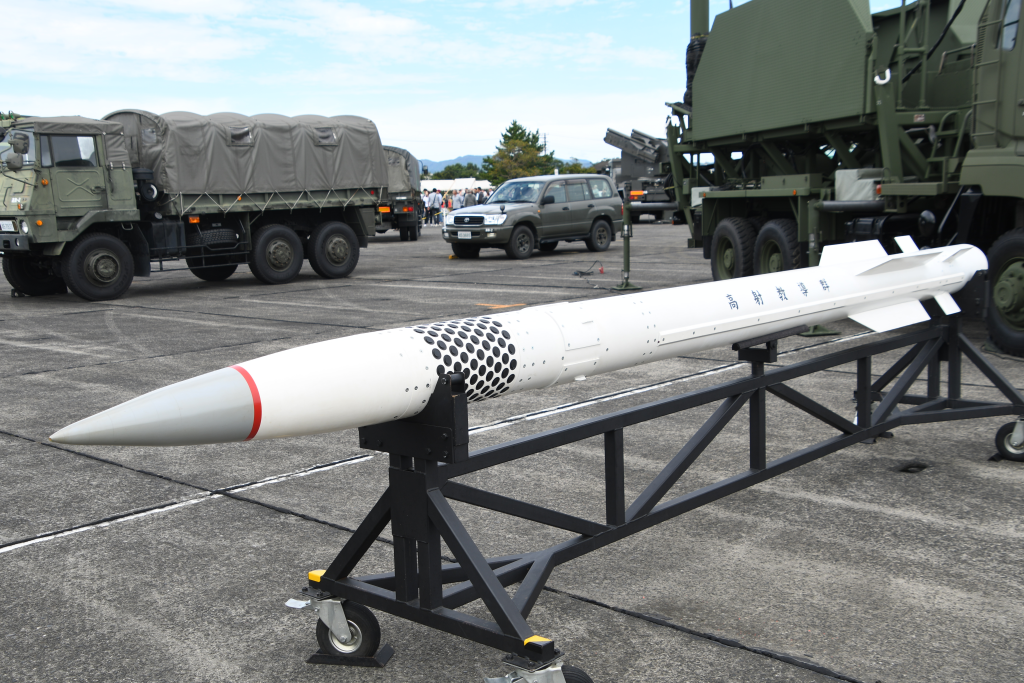
6. Ukraine: The Su-35’s Vulnerabilities Revealed
The conflict in Ukraine has been a different testbed. The Su-35 has lost at least eight confirmed aircraft through mid-2025, some destroyed by American-provided Patriot missile batteries and others by friendly fire. The speed and maneuverability of the Flanker-E have proved insufficient to consistently outrun layered Ukrainian air defenses, upgraded to include Patriot PAC-3 interceptors. The PAC-3, though not perfect, is “likely more effective at targeting short-range missiles,” but its effectiveness against high-speed, agile jets is still in question. As one commentator penned, “I remain deeply unconvinced that Patriot has ever intercepted a long-range ballistic missile in combat at the least, I have yet to see persuasive unclassified evidence of a successful Patriot intercept.” Nonetheless, Ukrainian ground debris analysis has validated Su-35 shootdowns, highlighting the actual threats these jets confront.
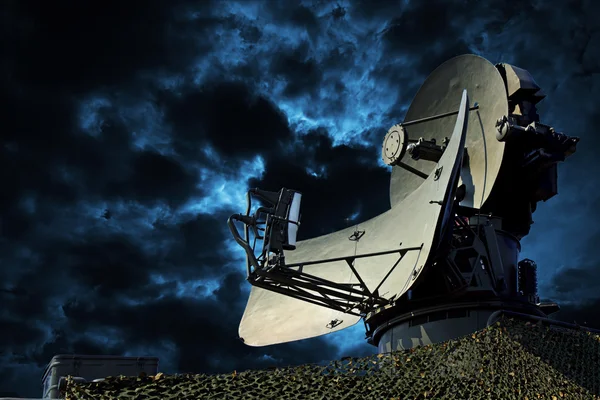
7. Electronic Warfare: The Double-Edged Sword
Both Russia and Ukraine have employed advanced electronic warfare systems. Russian aircraft, such as the Su-35, feature the Khibiny-M ECM suite, radar warning receivers, and digital jammers. Nevertheless, Ukrainian EW troops have been proficient at jamming the communications of Russian troops, spoofing sensors, and even hitting aircraft with direction-finding methods (Ukrainian EW troops took advantage of these vulnerabilities by intercepting Russia’s unencrypted transmissions). Russian command and control problems caused friendly fire due to deconfliction between EW and air defense forces collapsing. The Russian jamming has, in some instances, incidentally disrupted their own operations, decreasing the effectiveness of ground and aerial assets.

8. Engineering Lessons and the Future of the Flanker-E
The operational history of the Su-35 emphasizes the limitations of sheer speed and maneuverability in warfare today. Although its engineering is formidable including a strengthened airframe, composite materials, and 6,000 flight hours service life the absence of advanced sensor fusion, networked warfare technologies, and heavy electronic counter-countermeasures has been expensive. Western sanctions have also stretched the production line since major components depend on imported technology (the Su-35 production line has been halted because of the platform’s dependence on Western technology). As Russia turns toward the fifth-generation Su-57, the Su-35 will be a cautionary tale: the best engineering in the world can’t promise supremacy when confronted with adaptive enemies and changing technology.

The Su-35 Flanker-E will still take to the skies and crash over contested airspace, its reputation forged as much by the engineering wonders under its skin as by the cruel realities of contemporary air warfare.
